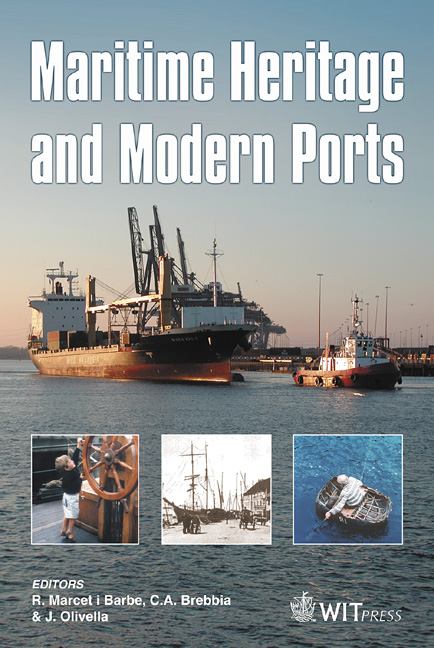The Queen Anne’s Revenge Shipwreck Site: A Case Study For Evaluating And Managing Historic Shipwrecks
Price
Free (open access)
Transaction
Volume
79
Pages
10
Published
2005
Size
353 kb
Paper DOI
10.2495/MH050161
Copyright
WIT Press
Author(s)
M. U. Wilde-Ramsing
Abstract
While discovery and exploration of internationally recognized maritime heritage sites naturally attracts attention, management of these quasi-public, multi-cultural resources is seldom easy. Using economic models developed for public resources as an analytical tool, North Carolina shipwreck 31CR314, believed to be Queen Anne’s Revenge, will be examined and discussed. This heritage site associated with the internationally recognized historic figure, Edward Teach, aka "Blackbeard", is an important, highly visible, state-held resource, which holds implications for many people. The site has been a challenge for managers charged with allocating its use. The central objective of this paper is to identify key interest groups and the way they value the Queen Anne’s Revenge shipwreck site. Three basic management options for this public resource will be examined through cost-benefit analysis and the affects each have on the various interest groups. In this manner, state archaeologists have begun to develop a means to measure and optimize the allocation of one of North Carolina’s most important cultural resources. Keywords: underwater resource management, non-market valuation. 1 Introduction The 1996 discovery of shipwreck 31CR314 in Beaufort Inlet has provided North Carolina one of the most important management challenges in the past forty years. Discovered by the commercial firm Intersal, Inc., state underwater archaeologists agreed that the site was quite possibly the remains of the internationally recognized pirate Blackbeard's flagship, which was known to
Keywords
underwater resource management, non-market valuation.





